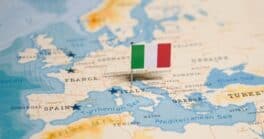With the world economy stabilizing, central bankers are starting to wind down the support of ultra-low interest rates and massive asset buys.
Better than last year and worse than next, the world’s economy is clearly improving.
Japan, Canada and most of the eurozone countries are finally growing, the US is expanding steadily and developing countries have even better prospects. As the global economy slowly gains strength, GDP is expected to expand by 3.5% in 2017 and 3.6% in 2018, with all the most recent forecast revisions trending upward.
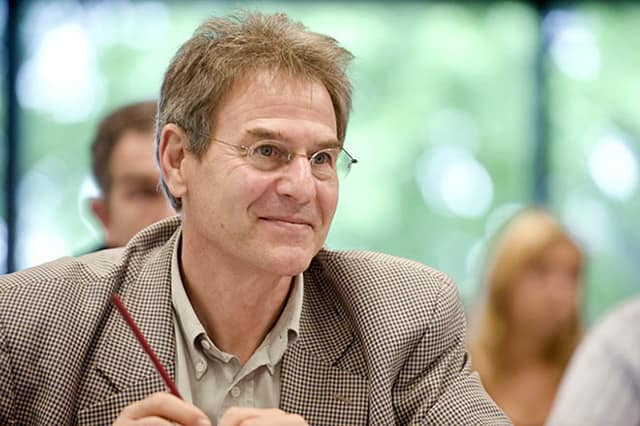
“Yes, the situation has improved, at least in developed countries,” says Charles Wyplosz, director at the International Centre for Monetary and Banking Studies (ICMB) in Geneva. “Partly because it has been too bad for too long and it had to come to a stop, partly because governments are implementing their policies now, the world is starting to be a better place.”
The rosier outlook gives central banks a chance to return to more traditional policies after endless cycles of easing. The US Federal Reserve (Fed) is likely to stick to its plan of slowly increasing interest rates, and the European Central Bank (ECB) could follow suit.
“This really long period of zero interest rates has probably created a lot of vulnerabilities. There is a sort of misallocation of resources,” Wyplosz says. “Lots of people have been looking at better return by taking risks that are much larger than they believe [them to be]. The real threat is now the normalization of interest rates. That is when we are going to discover lots of skeletons in lots of cupboards.”
Along with gradually raising rates, central banks are also ready to set aside another of the tools that they have used to stem the worst depression since World War II. They will start unwinding the massive asset portfolios they accumulated in a decade of quantitative easing (QE) policies. The six central banks that have used QE—the US Federal Reserve, European Central Bank, Bank of England, Bank of Japan, and Swedish and Swiss central banks—are reported to hold more than $15 trillion of assets and one-fifth of their governments’ total debt. “Overall, advanced economy net asset purchases are likely to fall from $100 billion per month currently to roughly zero by end-2018,” according to analysis from Citi.
Dismantling these huge portfolios will be a titanic effort—one that policymakers will likely try to slow-walk, to avoid jolts to the system. “Central banks will tread carefully and the direct impact of global tapering on the real economy will likely be modest,” the Citi report continues. “But there is a material risk, that major asset price corrections could be triggered by this global tapering.”
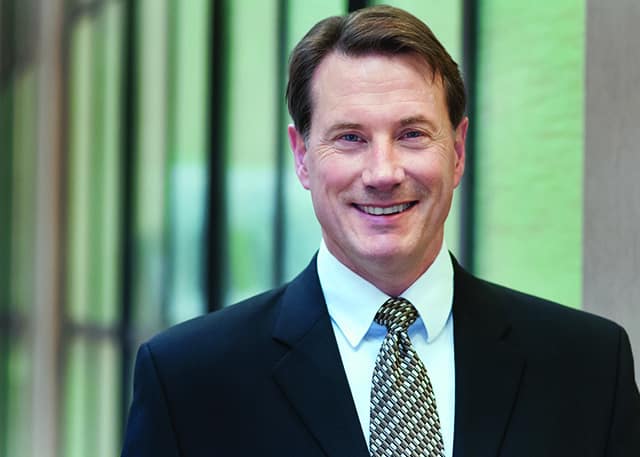
As expected, at the end of September the Fed announced a gradual plan to slim the enormous $4.5 trillion balance sheet that it accumulated in its multiyear effort to support the financial industry post-crisis. Starting in October, the Fed will not reinvest the first $10 billion of maturing debt each month. That floor will rise by $10 billion each quarter, to a monthly total of $50 billion, with the reinvestments split between $30 billion of treasuries and $20 billion of mortgage-backed securities. The rollover is expected to be allocated proportionally across the month’s maturity dates, to be as neutral as possible in impacting different yields for different maturities.
It is unclear when the asset diet will stop: Before 2007, the Fed’s asset portfolio amounted to $900 billion. Most analysts predict that the Fed will hold a larger balance sheet going forward, because the economy has grown since then. The other open question is how markets will react.
“The Fed has fleshed out its plans for reining in its balance sheet,” says Tom Stevenson, investment director for personal investing at Fidelity International. “The plan is to start reducing it from next month and to progressively accelerate the rate at which bonds are returned to the public market. The Fed hopes that by telegraphing its $1 trillion to $2 trillion taper, it can avoid unsettling bond and equity markets.”
Given the move has been long anticipated and is managed in a very gradual way, economists and traders predict a limited impact on markets. “Interest-bearing reserves and treasuries have yields that are very close. It is not like 10, 20, or 30 years ago, when US treasuries were earning 10% and interest-bearing reserves [were] zero or near zero,” says David Andolfatto, vice president at the Federal Reserve Bank of St. Louis. “In the world we live in today, the yield differential between treasuries and reserves is much, much smaller.” Along with the adjustment of its balance sheet, the Fed is also planning to raise its key short-term rate for a third time before the end of 2017.
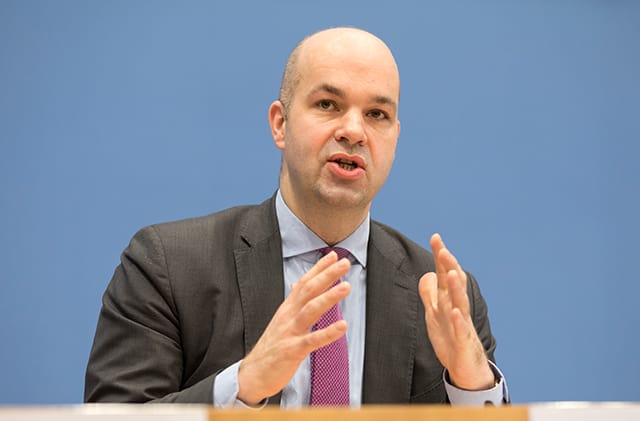
Europe, whose GDP growth until recently lagged that of the US, is showing clear improvement, with a recovery that is spreading to countries like Italy and Greece that have yet to return to their precrisis income levels. However, the recovery doesn’t appear to be strong enough to justify an immediate halt to the expansionary monetary policies, notes Marcel Fratzscher, president of the Berlin-based economic research institute DIW Berlin. Although optimistic and pleasantly surprised by the recovery, Fratzscher says there is “a long way to go before we declare the end of the European crisis.” According to him, the ECB will wait until 2019 before starting to raise its short-term interest rate.
“Europe is not over its crisis yet. There are lots of risks,” he says. As an example, he points to political risk in Italy’s upcoming elections. “A victory of anti-euro or right-wing parties that want to have a referendum on permanence in the eurozone could lead to a real crisis. Weaknesses in the banking system all over the euro area are substantial.” He believes the ECB will likely imitate the Fed’s prudence and start raising interest rates well after the recovery is on its way, and unwind its balance sheet much later. Other risks facing the economy, he says, include a wave of protectionism and the possibility of geopolitical threats.
According to Andolfatto, inflation will remain low no matter how quickly quantitative easing winds down. Andolfatto says that low inflation is linked to long-term yields on dollar assets that are at record-low levels due to exceptionally high demand—a situation whose longevity is hard to predict. “What we know is that presently there is an enhanced demand for US dollars and US treasuries, both domestically and around the world. We know that at some point demand is likely to diminish,” he says. “We do not know with precision when that is going to happen, [but] when it does, the event is going to be inflationary.”
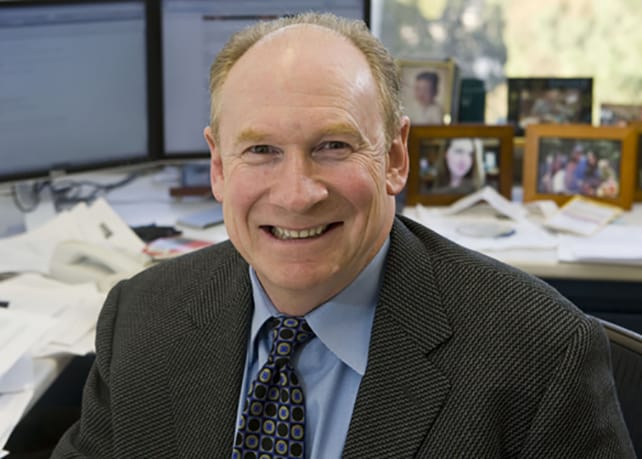
The absence of inflation points to another problem: low productivity growth in the US and other developed economies. “In advanced countries, economic growth for the decade since the recession has not been sufficient to restore countries back to the previous trends,” says Lee Ohanian, a senior fellow at the Hoover Institution at Stanford University and professor of economics at University of California, Los Angeles. “In the US, our current level of inflation-adjusted GDP is about 8% or 9% below what it would be if we had returned to our pre-2008 trend.”
That’s a troubling departure from past recoveries. “After the Great Depression, we returned to the trend, after the oil shocks in the 1970s, we returned to the trend,” Ohanian says. “This is the first time in the history of the US that the economy never returned to its former trend.” He notes that low productivity growth is also prevalent in other advanced countries, particularly in Western and Northern Europe.
Measures the US administration is contemplating to support productivity growth include lower taxes, less regulation and lighter fiscal burden. Some say more immigration would help too, but that’s unlikely in the near term. “Expanding immigration is not going to happen, most likely. But tax reform, including reducing corporate taxes, is going to be important,” Ohanian says. “Making it less costly, particularly for small banks, to make loans is also a step in the right direction.”
Policies that promote economic and productivity growth are important to put in place now, in order to be ready for the next recession. The US so far has been in one of the longest, or slowest, recoveries in its history. And the issue isn’t whether another recession will hit, but when. At that point, ultralow interest rates and bloated balance sheets will leave central banks with too few tools to manage the crisis.
